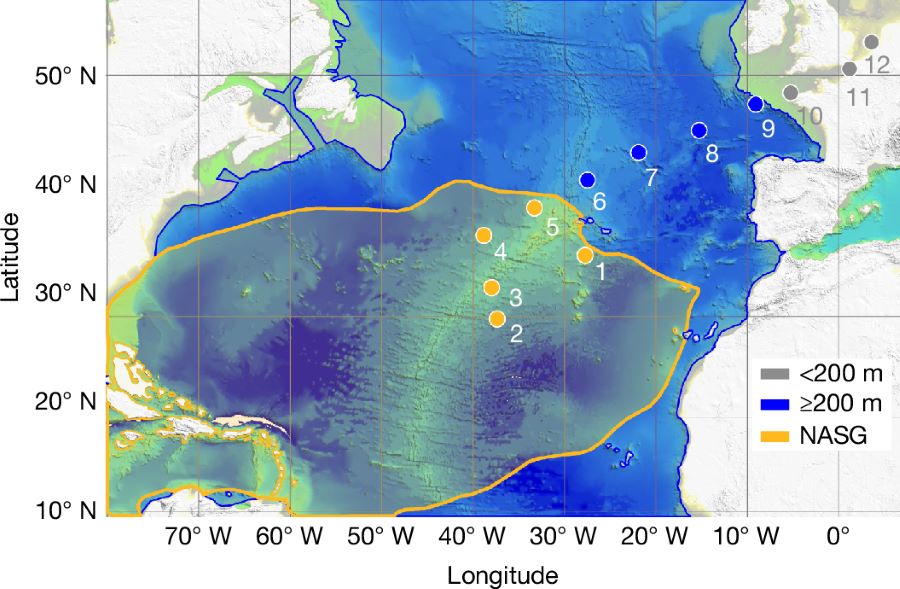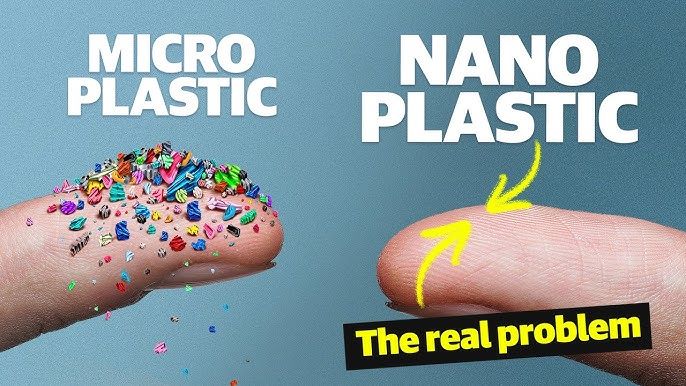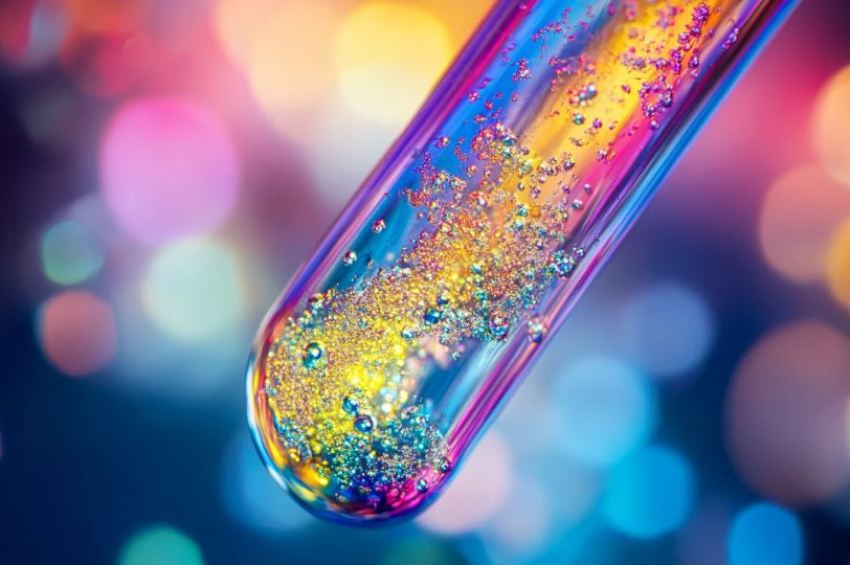Environmental alert: Massive pollution of North Atlantic with nanoplastics
The North Atlantic Ocean is teeming with plastic at levels far greater than previously known, a new study published in the journal Nature reveals.
Research conducted by the Royal Netherlands Institute for Sea Research (NIOZ) and Utrecht University says that approximately 27 million tons of ultra-fine plastic particles, smaller than one micrometer, are floating in its waters.
According to Helge Niemann, NIOZ researcher and professor of geochemistry at Utrecht University who led the study, there is more plastic in the form of nanoplastics in this part of the ocean than there is in larger microplastics or macroplastics in the Atlantic — or even across all the world’s oceans.
More to read:
Study: Human brains are polluted with microplastics
Nanoplastic particles typically measure less than 1 micrometer (1.000 nanometers) in size. Some researchers use a narrower definition of 1-100 nanometers (nm), but generally, anything below 1000 nm is considered nanoplastic. By comparison, they are similar in size with viruses but smaller than most bacteria.
The study involved four weeks of ocean sampling aboard the research vessel RV Pelagia, where Utrecht University master’s student Sophie ten Hietbrink collected water samples at 12 sites from the Azores to the European continental shelf. Using precision filtering and mass spectrometry techniques at Utrecht lab, the team isolated and analyzed plastic particles smaller than one micrometer in what appears to be the first accurate estimate of nanoplastic pollution.

Nanoplastic concentration across the Atlantic Ocean. Credit: NIOZ/Utrecht/Nature
For the first time, scientists have been able to provide a quantitative estimate of nanoplastics in the ocean.
Previous studies confirmed nanoplastics existed in marine environments, but until now, no one could determine the actual amounts – until the team attracted atmospheric scientist Dušan Materić from Utrecht University for collaboration.
By extrapolating their measurements across the North Atlantic, researchers arrived at the staggering figure of 27 million tons. It’s a shocking amount that finally helps explain the long-standing mystery of the “missing plastic,” with the team concluding that the vast amounts of plastic that were unaccounted for in earlier ocean surveys likely exist in this invisible form.

Nanoplastics originate from multiple sources. They are created when larger plastics break down under sunlight, are transported by rivers, or are even carried through the atmosphere — falling into the ocean via rain or depositing directly from the air.
The study authors warn these tiny particles may have profound biological impacts. Nanoplastics have been found to penetrate human organs, including brain tissue. Now, we see they saturate the ocean too, affecting everything from microbes to fish and even humans.
The researchers also found certain common plastics — like polyethylene and polypropylene — were not detected in their samples, possibly because they were masked by other substances.
More to read:
Microplastics pollution is changing weather
The team now plans to investigate whether nanoplastics are equally prevalent in other oceans, fearing similar or worse contamination levels globally. The full effects on marine life and food webs remain unknown and need urgent study, Niemann notes.
Thanks to these findings, in June, Niemann’s team received a €3.5 million grant to expand research into the long-term environmental impacts of nanoplastics.
While this study fills a major knowledge gap, the researchers underscored a grim reality: Nanoplastics already in the ocean cannot be removed; the only option we have is to stop adding more and this research should serve as a wake-up call to halt plastic pollution at its source.
More to read:
Polluters may be celebrating as a major methane-tracking satellite suddenly goes missing
Can nanoplastics be removed from water?
Meanwhile, researchers at the University of Missouri, led by associate professor Gary Baker and doctoral graduate Piyuni Ishtaweera, announced one year ago that they developed an innovative liquid-based method that removes over 98% of polystyrene nanoplastics from water.
The technique uses small amounts of specially designed hydrophobic (“water-repelling”) solvents, made from natural, non toxic components. When added to contaminated water, these solvents bind to the nanoplastic particles, rise back to the surface, and can then be easily removed — normally via pipette — leaving behind clean, plastic-free water.
More to read:
Scientists uncover mysterious radioactive concentration beneath Pacific Ocean
In controlled lab trials, the team tested five different nanoplastic sizes and demonstrated high removal efficiency in both freshwater and saltwater environments.
Published in ACS Applied Engineering Materials, this breakthrough not only offers a promising solution to emerging nanoplastic pollution but also paves the way for greater innovation in sustainable water purification technologies.







